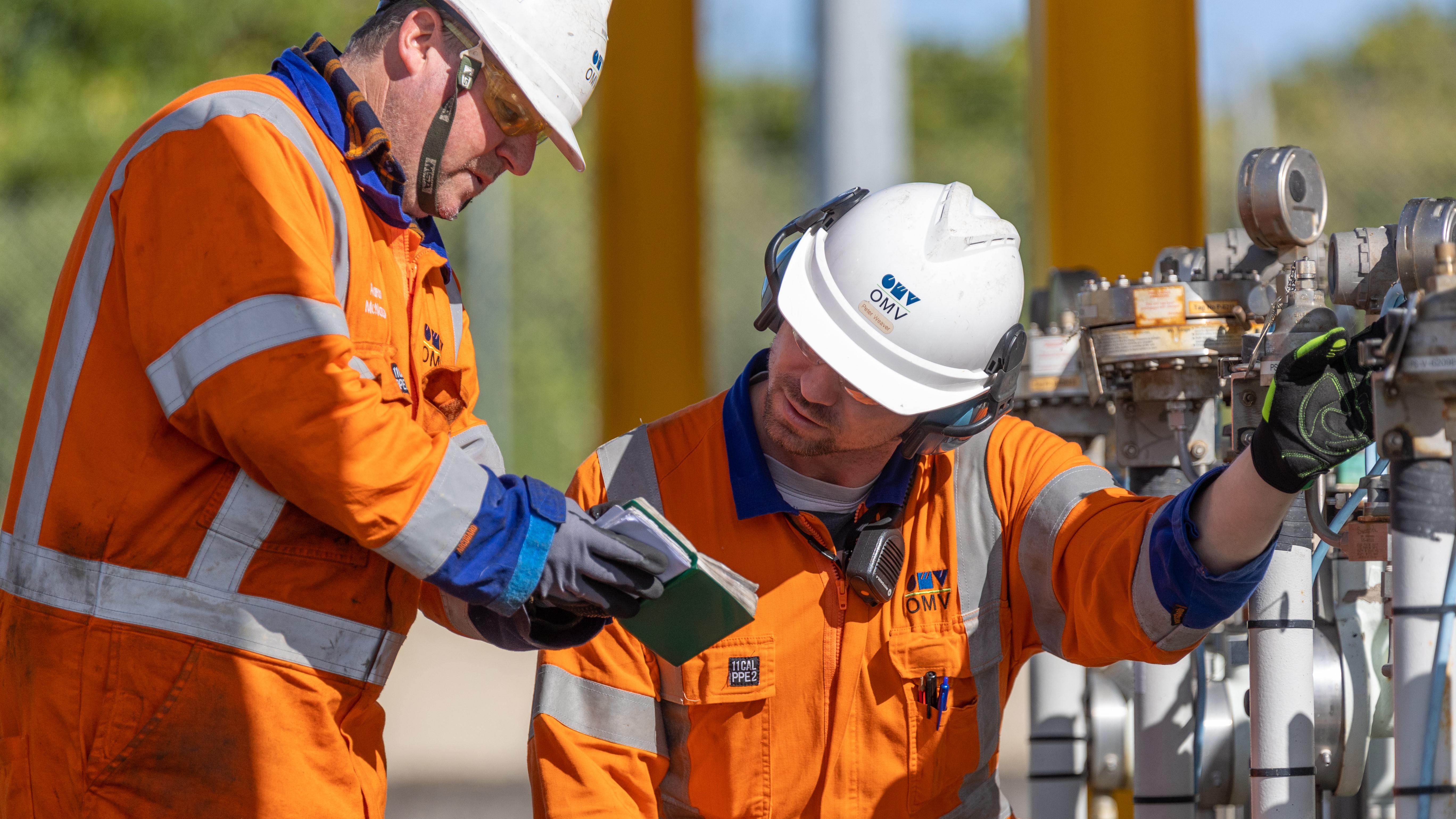AWARDS FINALIST: OMV – Driving down operational emissions

OMV is on a company-wide drive to reduce emissions in all areas of its operations.
It aims to cut global oil and gas production by 20 per cent by 2030 and cease production for energy use completely by 2050.
It will also leverage its assets and expertise to expand into geothermal, carbon capture and storage and solar and wind activities.
In New Zealand, OMV is focused on enabling that transition while driving down emissions from the energy assets it operates.
Initiatives implemented across the Māui and Maari fields have reduced emissions by the equivalent of around 36,000 tonnes of CO2 – the equivalent of the energy used by more than 27,500 Kiwi households in a year.
Initiatives
At Māui A, initiatives have included using an electric-driven compressor to replace an over-sized gas-driven compressor, upgrading the controls on a 15 MW fired heater burner, reconfiguring the load-balancing on gas-fired turbines used for generation, optimising the surge controls on the gas processing refrigeration compressors, installing a reverse-osmosis water maker, and replacing a diesel-powered air compressor with an electric unit.
At Maari, a steam-driven evaporative water maker has been replaced with a reverse-osmosis unit; the purge gas supply for flaring has changed from fuel gas to nitrogen; and pressure controls in the primary production separator have been improved.
The Raroa
OMV’s biggest emissions-reduction project in 2023 was the installation of a reverse-osmosis unit on the Raroa – Maari’s offshore floating production, storage, and offloading vessel.
Two steam-driven freshwater generators that required high levels of process heat were replaced, reducing steam consumption by three tonnes per hour.
The move lowered carbon dioxide production by 6000 tonnes a year, cut the amount of crude oil or fuel gas being burned by the equivalent of 45 barrels of oil per day, and saved about $50,000 in annual maintenance costs.
People
OMV says a keep-it-simple approach and engaging with its people have been key to its emission-reduction success.
A broad framework of “opportunity framing sessions” puts emissions performance before a multi-discipline team which brainstorms ideas and opportunities. The best ideas are progressed.
OMV extended the brainstorming process by inviting industry partners Methanex and Todd Energy to participate, enabling it to benefit from different experiences and perspectives and increasing learning and sharing across the industry.
Emissions data visibility
OMV also transformed its approach to emissions data, putting as much emphasis on the visibility of emissions performance as on production performance. This enables it to look for areas of improvement and to monitor progress immediately.
To increase the visibility of its emissions performance, it created an online emissions dashboard linked to the data in its hydrocarbon accounting system which updates automatically each day.
The dashboard was made available to everyone, allowing people to break the data down by site, venting, flaring and combustion – and even by specific equipment items.
Importantly, it says, it also summarised the emissions data, including it on the production data dashboard which was already embedded into the business.
The results have been remarkable. Not only have the emission reductions made the company a poster child for OMV globally, but the process has engendered a deep sense of pride amongst its people, who feel driven to continually challenge how it operates and to seek new ways to reduce the company’s emissions.
The Low Carbon Future Award category is sponsored by Energy Resources Aotearoa.